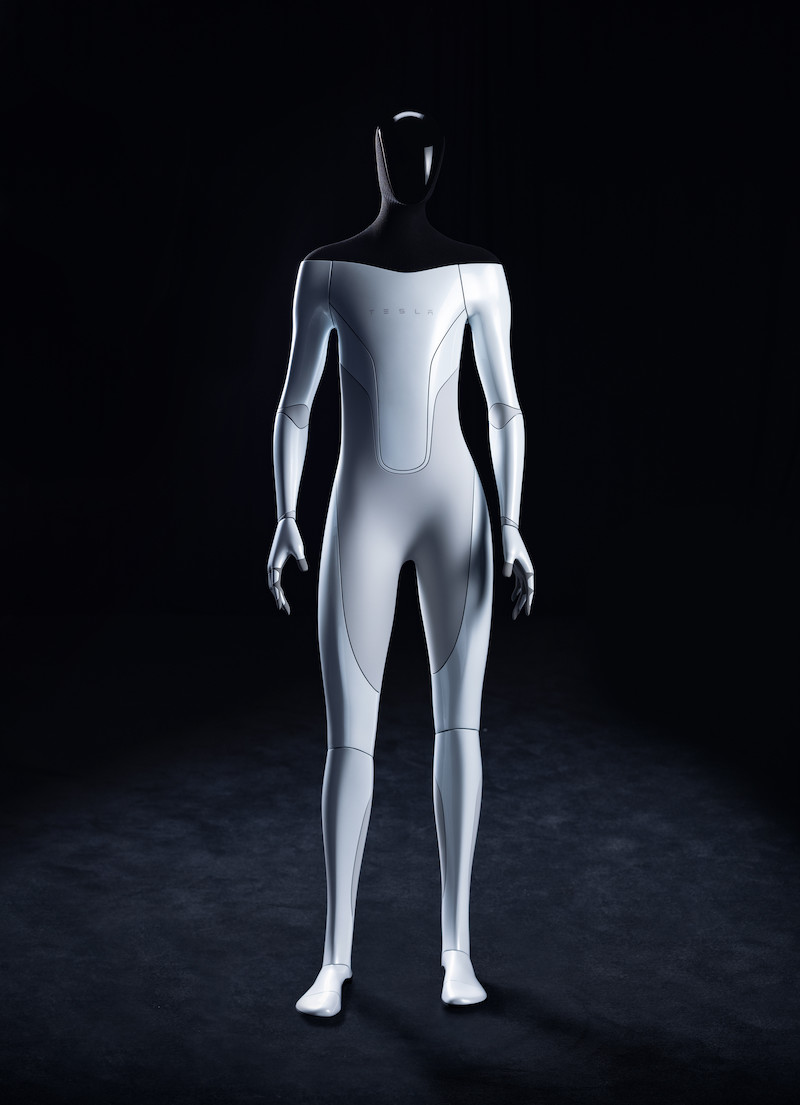
Elon Musk and his Tesla Bot: Will humanoid robots take over the world like all of science fiction predicts?
Arguably the world’s most visionary entrepreneur, Elon Musk, is rarely out of the news, whether it’s because of his super-duper Tesla electric cars or because of his achievements in aerospace, which include rockets and spacecraft built by his SpaceX company docking with and supplying the International Space Station.
In recent days, Musk has been in the news because of his reported comments about humanoid robots. According to Reuters and hundreds of other reputable news outlets, Musk believes humanoid robots will be an even bigger business than his Tesla car company, which at one stage was estimated to be the most valuable automaker in the world.
Musk unveiled his proposed humanoid robot – given the name “Tesla Bot” or “Optimus” for now – at a 3-hour stage presentation, which has been uploaded to YouTube. The machine is also mentioned on the Tesla company website.
On the website, it says that Tesla wants to “develop the next generation of automation, including a general purpose, bi-pedal, humanoid robot capable of performing tasks that are unsafe, repetitive or boring”. To that end, it’s looking for hardware and software engineers – it will certainly need the brightest and best of them to build something that basically no one has built before, outside of Hollywood films.
Interestingly, during the stage presentation, Musk claimed that “Tesla is arguably the world’s biggest robotics company because our cars are semi-sentient robots on wheels”.
He added that with the massive amount of computing power installed in a Tesla car, along with its machine learning and artificial intelligence functionality, “it kind of makes sense to put that in humanoid form”.
Whether you agree with him or not, and certainly the claim that Tesla cars are “sentient” at all is debatable at best, one can understand his point of view.
But the question is, can Musk succeed where so many others have apparently failed? In other words, can he make money from humanoid robots where Honda, with Asimo, and even Boston Dynamics, with “Scary Robot” or whatever it’s called, have not been able to?
Where robots fear to tread
It’s probably a common notion that in order for humanoid robots to become commercially viable, they need to have at least some of the functionalities we have all become accustomed to seeing in the robots from science fiction. Below is a random list of some of them.

Terminators
Whether you’re talking about the original Terminator played by Arnold Schwarzenegger, or the subsequent, more advanced versions, these robots are programmed to kill, so will probably only ever be seen in military contexts, if they are ever seen at all.
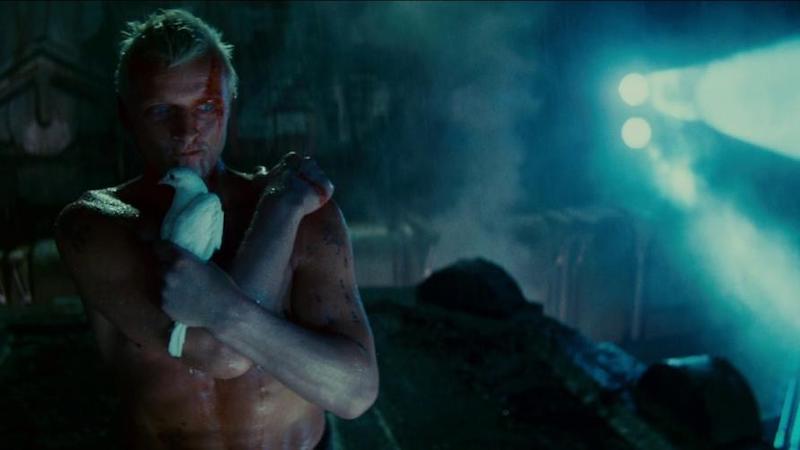
Roy Batty
A thinking, feeling android in Blade Runner, and played by the late Rutger Hauer, this crazy man-machine is hell-bent on finding his creator and exacting a quite awful revenge on him. We don’t want that sort of functionality built in either. In fact, given these two examples, maybe we should ban the building of humanoid robots altogether.

Agent Smith
A really, intensely annoying thorn in the side of our hero, Neo, in the Matrix films, Agent Smith is more of a virtual robot – “a sentient computer program created by the machines”, or “highly advanced artificial intelligence entities, programmed with a number of superhuman abilities”, as has been described by others – but has a human body, and is human-like in appearance, and constantly attacks Neo and his friends. He can’t be blamed because he’s programmed that way. But he really is a colossal pain in the ass.
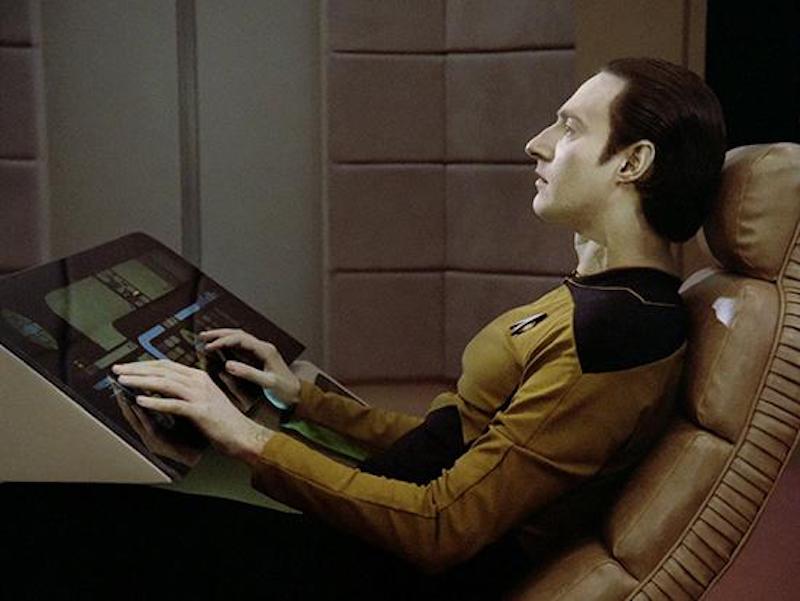
Data
Away from the darker themes, Data is the helpful android onboard the Starship Enterprise in the Star Trek films and television shows. Described as “a self-aware, sapient (wise), sentient and anatomically fully functional male android”, this is probably the kind of humanoid most commercially-minded roboticists aspire to creating.
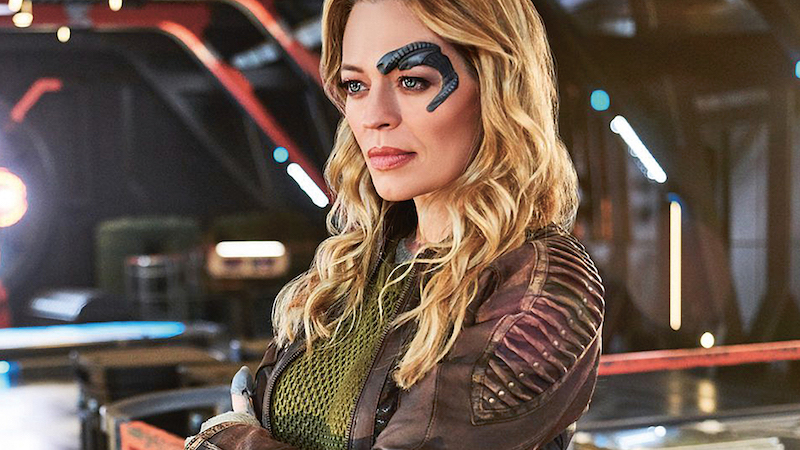
The Borg
Another character, or group of characters, from Star Trek, the Borg are part-human, part-cybernetic organisms. Like others on this list, they look entirely human, except for the bits of metal often stuck to their faces or growing out of their heads. Known to be obsessed with living as a “collective”, like a bee colony or something, they even have a Borg Queen. This kind of humanoid would also find a market, in our opinion.

The Stepford Wives
As creepy films go, this is one of the creepiest ever made – both the first version in the 1970s and a later version in 2004. Essentially depicting a male fantasy of human-looking women who are actually robots underneath, probably the creepiest bit in the film was when a number of the characters identified themselves as technologists working for real-sounding companies. This suggests to us that those companies have been building such robots for many years, and that their products have been living among us for a long time. Time to X-ray people at airports. Oh, we already do that.
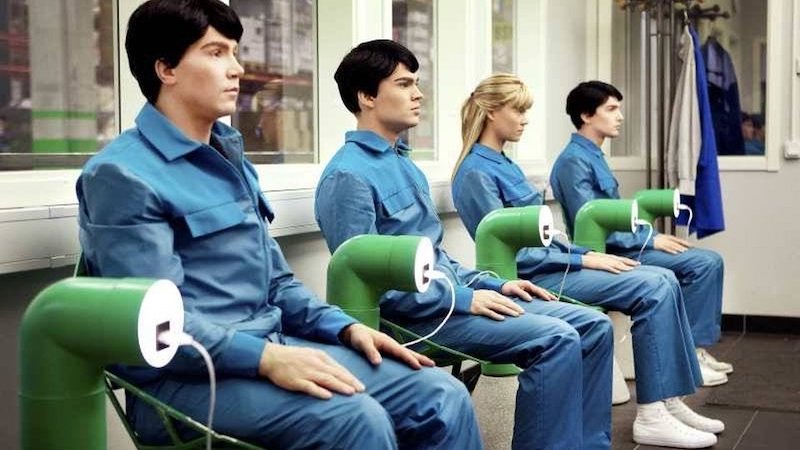
Humans
A successful television series made in the UK, Humans has some similar themes to The Stepford Wives, in that the robots that look entirely human and are used for housework and other functions. Consumers simply go along to the shop and buy one that they need for whatever work they’ve got in mind. But, over time and because of some rogue code, the robots become sentient and self-aware, which, of course, leads to problems because they start disliking being treated as slaves and being abused. Who wouldn’t? But are robots allowed to? Ethical and moral questions aside, the initial versions of these robots – the ones that are not sentient – would probably be the most commercially successful types of robots.

Westworld robots
Mostly confined to the theme park in the early episodes, these robots simply act out scenes into which the human visitors enter and usually cause havoc, or just simply observe and move along. Like in Humans, these robots become sentient and start objecting to being shot up and attacked in all manner of heinous ways by the human visitors, and basically start a revolution and more or less take over the world over the course of three seasons. So, even though we can see the positive commercial prospects of this type of robot, we’re not sure if we want things to go down this route either. The all-white one – called a “drone host” in the show (pictured above) – does look similar to the Tesla Bot.
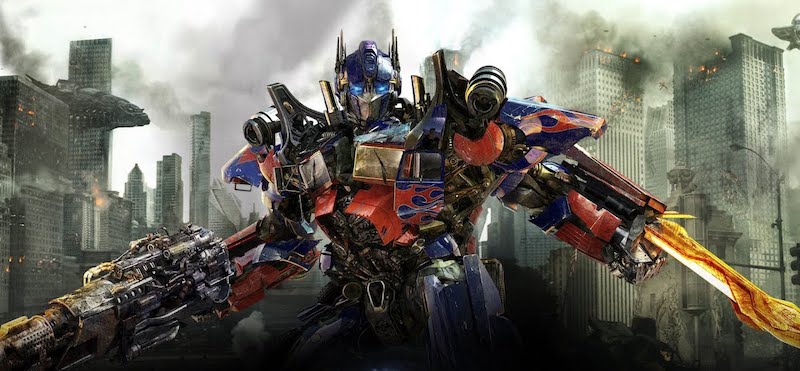
Optimus Prime in Transformers
Optimus Prime is, as most people know, the leader of the good robots in the Transformers cartoons and films. Like all of the robots in the show, Optimus Prime can transform itself from a truck to a robot, as and when required. Musk’s choice of “Optimus” as an alternative name for Tesla Bot could be making reference to this. And “Tesla”, of course, is the surname of Nikola Tesla, the inventor of the radio and alternative current, and generally considered to be one of the technical and spiritual architects of the modern industrial age.
What’s a robot?
Strictly speaking, some of the above are not true robots in the sense that they are not entirely made of mechanical and computing hardware and software. Some of them are cyborgs, which means part human, and others are androids, which means they have human-like tissue, which could include the brain, so they are also potentially part-human.
Furthermore, we could have included a huge number of robots, such as the ones in I, Robot, which are also potentially commercially viable, if they can be built, or the robot in Ex Machina, of which the same can be said. For a longer list of sci-fi robots, we suggest you have a look at this article at Silicon Republic.
A wealth of intellectual knowledge
In this article, we are looking at the commercial prospects of humanoid robots in the real world, and each one on the above list offers some food for thought – a mixture of warning and promise, if you will. But, as yet, no humanoid robot maker in the real world has achieved the mass-market success that you would imagine awaits for multi-functional humanoids.
In an article on Robotics and Automation News published a few years ago, we noted this financial predicament for humanoid robot developers – that although the technical achievements are many, the commercial progress has been limited.
The main reason for this would appear to be that the humanoids on offer are of limited use really. Yes, they can walk better now, and maybe climb stairs – although you wouldn’t really want them to do that too often. Maybe some of them have realistic facial expressions, or this or that function which, while technically impressive, does not appear to point to an obvious market demand.
But Musk is not only a visionary in terms of technology, he is probably even more clear-sighted as an entrepreneur – his business skills, the way he thinks about the vertical integration necessary to make something work – are probably even more pronounced, even stronger, than his flights of fancy. His logical methodology, his understanding of the commercialisation process, if you will, is at least equal to his imagination.
In other words, if anyone can create a market for humanoid robots, it is Musk.
At the moment, the humanoid robots on the market fall into one broad category, which some might call “gimmicky”. We don’t mean to be disparaging – we know that these robots are the results of long years of hard work, often pioneering work, and the robots themselves are technologically advanced in and of themselves.
But from a commercial point of view, they are limited to one or two functions each. Some can read the news, some can make interesting, human-like facial expressions, others can answer questions to travellers or hotel visitors – all useful in some way or other, but ultimately their artificial intelligence is not “generalised” enough, they are not multi-skilled enough or adaptable enough.
We can sub-divide current humanoid robots into two categories – one in which the robots look kind of like toys, and others which are mostly research and development projects in universities. It’s very rare that humanoids are a purely commercial project, as is the case with Promobot. Below is a combined list of them.
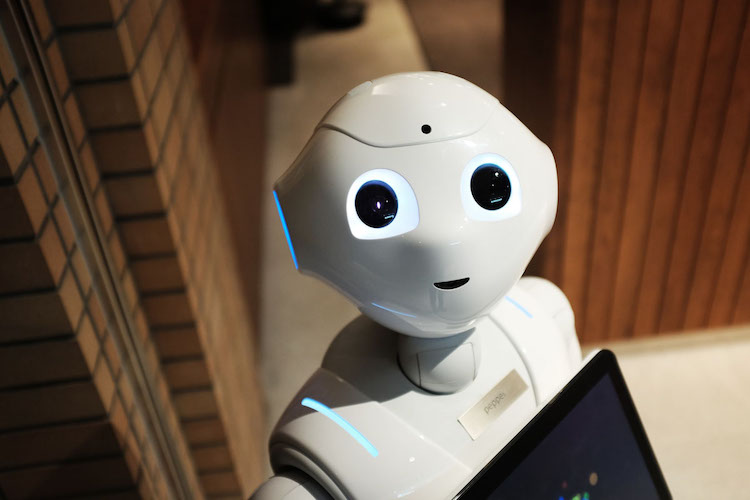
Pepper
Owned by SoftBank Robotics, which says it had sold 10,000 units by June 2020. Given that each one costs about $15,000 with the subscription, that’s about $150 million in revenue. Not bad, but 10,000 is still not mass market. Often seen at trade shows, hotels and other public venues, Pepper has been very successful, but SoftBack appears to be scaling back its activities in the humanoid market, which may spell the end for this popular robot.
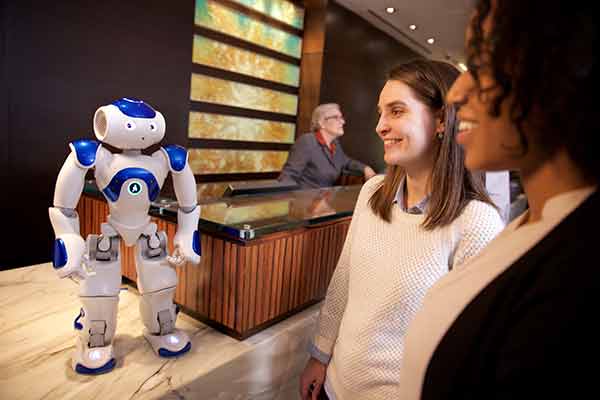
Nao
Another popular robot, Nao is also owned by SoftBank Robots. Much smaller in size than Pepper, which is almost average human sized, Nao has been put to such fun uses as playing tabletop football – Subbuteo with robots, basically. Nao could probably be a lot more successful as a toy if it wasn’t priced at an inexplicably high $9,000.

Ocean One
A humanoid robot developed by Stanford University to go deepsea diving to research life on the ocean floor. Not sure if we should include this because only it’s upper half looks human. The lower half is basically a propeller.
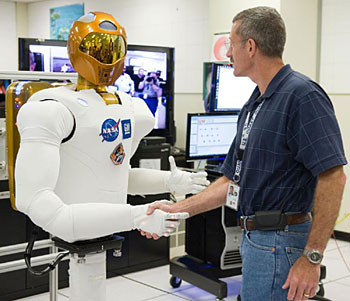
Robonaut
Robonaut is another “half” robot, like Ocean One. Although it’s shown in some pictures in head-to-toe form, its developer – Nasa – only really needs its head and hands for work on various spacecraft including the International Space Station. It’s possible that this is the type of market or at least technology Tesla – or SpaceX – is thinking of emulating.

Atlas and Petman
Both these humanoid robots have been terrifying observers for years with their startlingly realistic movement abilities – whether it’s running, walking, jumping or even doing somersaults. Of course they are built by Boston Dynamics, which has changed ownership a couple of times over the past few years, and only now is finding commercial success, albeit with more conventional warehouse robots. It seems these are the only robots on this list which can actually move around on two legs.
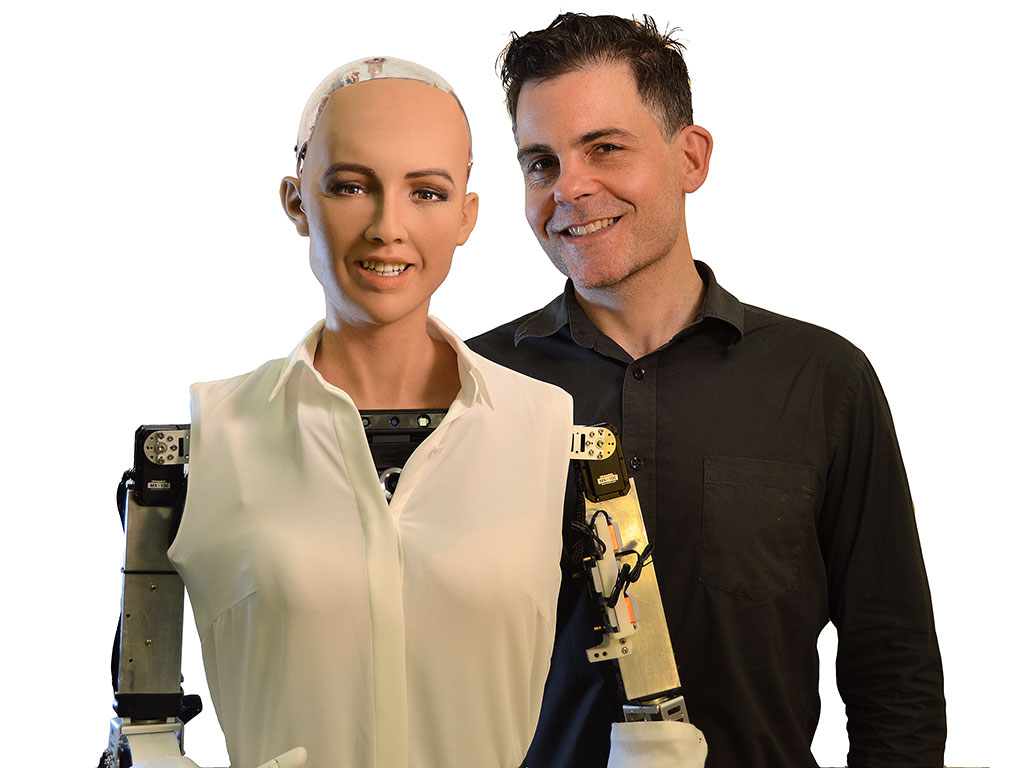
Sophia
A very well-known robot which appears to only be able to answer questions, much like a computer can. Not sure why one wouldn’t simply use a computer application like Siri or Alexa. Why bother with building a face and head for the thing? But this appears to be a popular approach with roboticists, probably because they are targeting a market in which they can place these robots behind desks and have them answer customers’ or visitors’ questions.

Nadine and Jia Jia
Two other humanoid robots – there are many more we could have selected – which are like Sophia, in that they have no lower body. They are designed to be stationary, and are currently used for newsreading and desk-based customer service applications.
We could include so many more on this list as there are basically dozens of companies now developing many different types of humanoids, but maybe we should at least mention Hiroshi Ishiguro, director of the Intelligent Robotics Laboratory, Wakayama University, Japan, who has been active in this field for many years.
I like the way we move
Only one of the above-mentioned companies – Boston Dynamics – has been developing robots that can move on two feet like a human, and they have done an amazing job, judging by the worldwide attention they have generated.
One might argue that the other robots can simply be perched on autonomous mobile robots – the platforms on wheels – and they can get around on those. But in an average house or garden, or pretty much anywhere, the ground or surface is uneven and wheels are not the ideal option. In fact, wheels simply would not work in many places.
And if we are talking about humanoid robots, we should probably not include ones which do not have a full human-like body. But then we would have to exclude the Nasa Robonaut, and that’s too interesting to omit.
The point here is that the fact of the matter is that movement is difficult. We humans perhaps take for granted how complex our movements are – walking in many different directions, skipping, jumping, climbing stairs, or even the things we do with our hands and arms, all of these things and a whole load more are actually incredibly difficult to compute and replicate in mechanical objects. That is the biggest stumbling block to developing humanoid robots, basically.
And as fascinating as all these robots are, none of them appear to have what is known as “artificial general intelligence”, which is like the Turing Test or threshold at which they are almost indistinguishable from a human performing the same task – or, for the purposes of this article, the point at which they become commercially viable products.
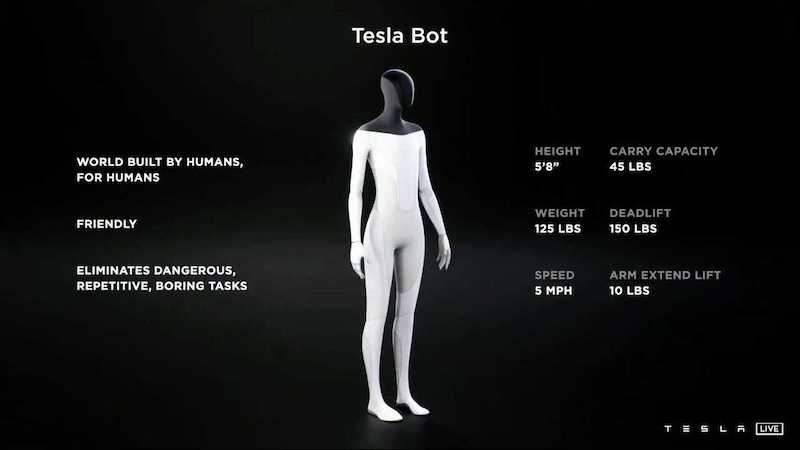
Full material jacket
The term “artificial general intelligence” – sometimes called “strong AI”, or “full AI” – refers to the ability of a machine to understand or learn any intellectual task that a human being can. And that is what Musk and his company is aiming to build for Tesla Bot.
We’re not engineers at this website, but analysing the Tesla Bot using our common sense, we think dispensing with a face for the robot is the most noticeably good idea. Why bother using up precious computing resources on calculating and actuating facial expressions that require the average human to use hundreds of tiny muscles in the average face? It would take years to get right and what’s the use of them in a robot anyway? Instead, Tesla Bot’s face is going to be used as an information display screen.
Moreover, some research has shown that the average person would prefer robots to look less human anyway because it would creep them out less. Having said that, Tesla Bot does remind us of the white “drone” robots we saw in WestWorld and they looked creepy as hell.
The heart or brain – not sure which is which and whether it needs a heart – of Tesla Bot is what Musk calls the FSD Computer, or full self-driving computer.
The encasement of all the technology – the skin of the robot, if you want to call it that – will be made using lightweight materials, said Musk in his presentation. Lightweight but probably highly durable, and perhaps soft to the touch.
Tesla Bot will also feature human-like hands, which a number of companies have been developing for many years. And it will sport 40 electromechanical actuators, which seems a small number really, given the number of articulations – or rotating parts – that might be necessary.
Other features of Tesla Bot include:
- Height: 5 ft 8 in
- Weight: 125 lbs
- Speed: 5 mph
- Carry capacity: 45 lbs
- Deadlift: 150 lbs
- Arm extended lift: 10 lbs
- Multi-camera video
- Autopilot cameras
- Neural networks
- Simulation and tools
- Full self-driving hardware
The hard problem
Scientists and thinkers who spend their lives pondering such things call human consciousness “the hard problem”. They wonder what consciousness is. No one seems to be able to explain it – which is why they call it the hard problem of consciousness.
But given that Musk claims that his cars are sentient, it probably won’t be long before he claims his Tesla Bots are conscious as well. Of course, in the absence of a well-defined, universally agreed definition for “consciousness” or perhaps even “sentient”, it’s his prerogative to say what he likes about them.
The problem remains, however, that there is a kind of angst growing among people who angst about these things that it is becoming more and more difficult to define what a human is in contrast to a robot. Meaning, what makes us different from robots?
In the past, one might have said, “our ability to be creative”. But robots have been shown to create quite impressive art in several different media – painting, sculpting, film-making, you name it, they seem to be able to do it, provided they are programmed correctly.
We humans are being backed into a corner, still clinging on to the idea that we are different and have special qualities, while at the same time worrying that it might just be a matter of time before the abilities we can think of as being exclusively human are programmed into robots and enacted flawlessly by them.
At this rate, the only thing we’ll have left to say is that, unlike robots, we can… erm… anyway, we don’t care about these pointless arguments. Robots are just copycats, basically.
Picasso probably said it best when he said that “computers” – we’ll substitute that word for “robots” – “can only answer questions – they can’t ask them”. But even that may not be true for long.
Nevermind consciousness, just show me the money
So, despite our perhaps pessimistic account of the humanoid robot market in our 2018 article, the current state and forecast would appear to be moderately good, according to some research companies at least.
In its report, Humanoid Robot Market, Verified Market Research says the global market for humanoid robots was worth more than $900 million in 2020.
The company predicts this will grow at a healthy 53 percent a year to about $26 billion by 2028.
Another analyst, BCC Research, estimated the market to be worth around $2.1 billion in 2020. It predicts this will expand to approximately $7.9 billion by 2025, at a compound annual growth rate of 30.6 percent.
Like us and many others, they are including wheeled humanoids as well as walking humanoids – although as we have noted, there are not many of those.
How any of these projections will play into Tesla’s or even SpaceX’s plans is anyone’s guess. Our guess is that all previous assumptions can be put on hold while we see whether Musk can do for the humanoid robots market what he did for the electric car market – send it into orbit, in more ways than one.
